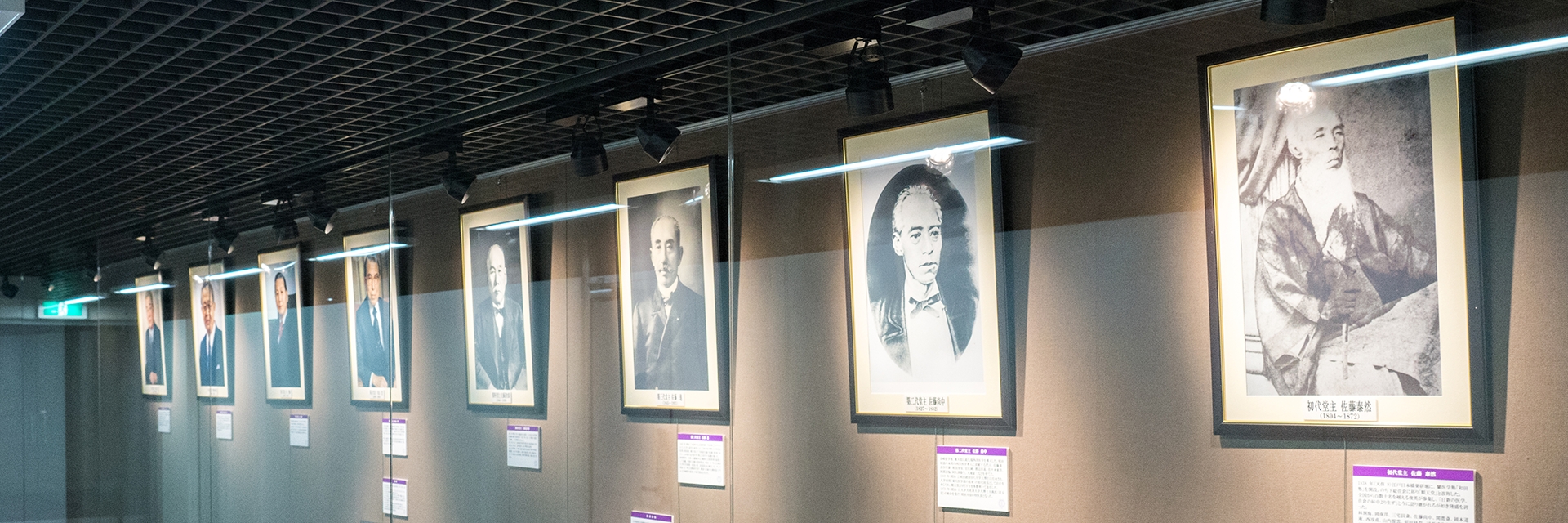
SATO Susumu
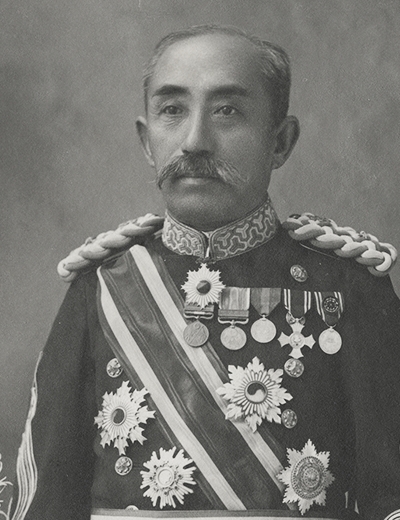
In 1869 SATO Susumu received the first passport from the Meiji government to study in Germany where he became the first Asian graduate from Berlin University Medical School to earn a Doctor of Philosophy (PhD) degree in 1874. Upon returning to Japan,
SATO Susumu worked with SATO Takanaka to advance modern medical education in Japan. Together they launched what is now the oldest medical journal in Japan on clinical medicine in October 1875, Juntendo Medical Journal (JMJ). Eventually Susumu proceeded
Takanaka as the Director of Juntendo. However, while holding the position the Japanese government appointed him as the Director of the Army Hospital and Army Surgeon General during the First Sino-Japanese and Japan and Russia wars. Later,
while continuing to hold the position of Juntendo Director, Susumu became the Director of the Tokyo University First and Second Affiliated Hospital. In addition, he helped establish what is today Seoul National University and was their first Hospital
Director and Department of Medicine Dean. Throughout his life he was a leader, spreading Western medical education throughout Asia.
Boshin War
During the Boshin War in 1868, SATO Susumu treated wounded soldiers and led the Ou-Tsuibatsu Army Hospital, a battlefield hospital, of the Government Army in Shirakawa City, Fukushima. The red flag to the right was the hospital flag.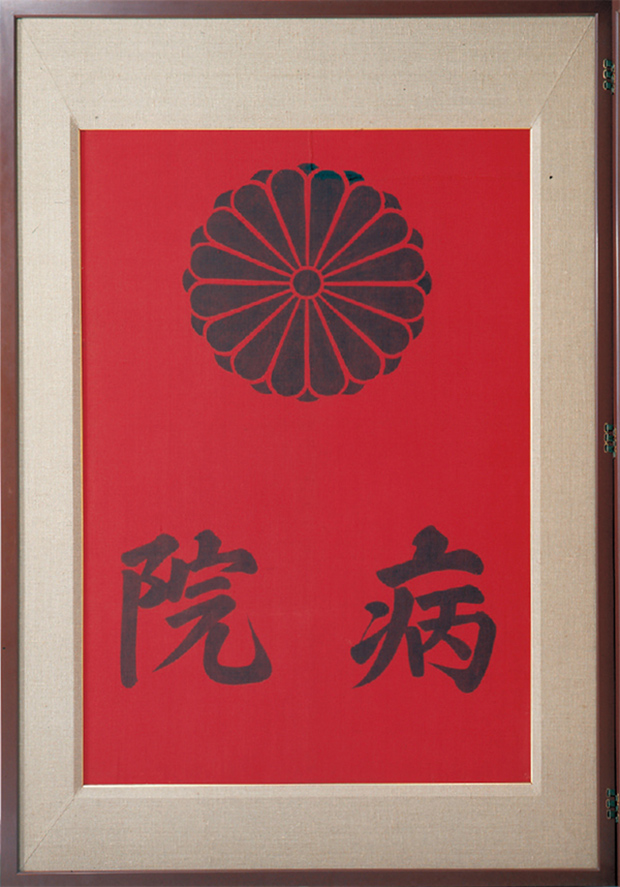 Hospital Flag
Hospital FlagDoctor of Philosophy (PhD) Degree
In August 1874, Susumu became the first Asian to receive a Doctor of Philosophy (PhD) degree with his dissertation entitled Diarrhea in Children.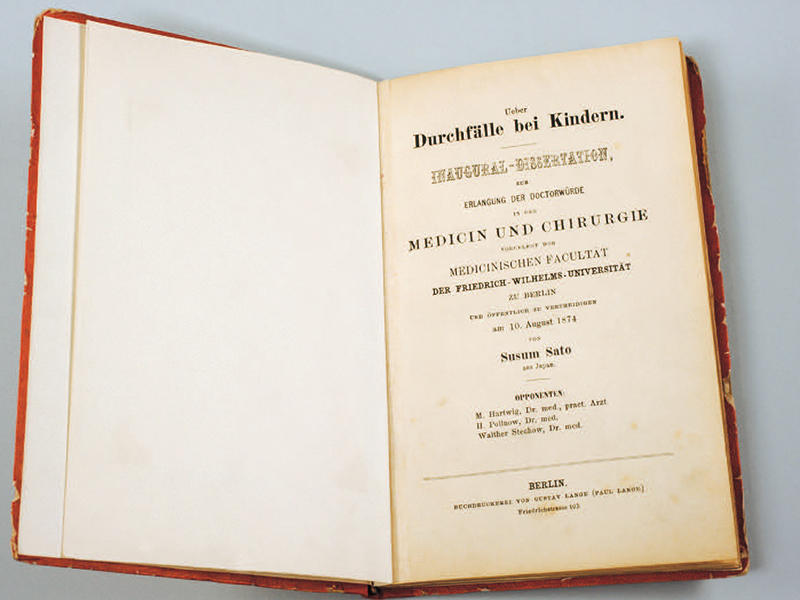 Dissertation
Dissertation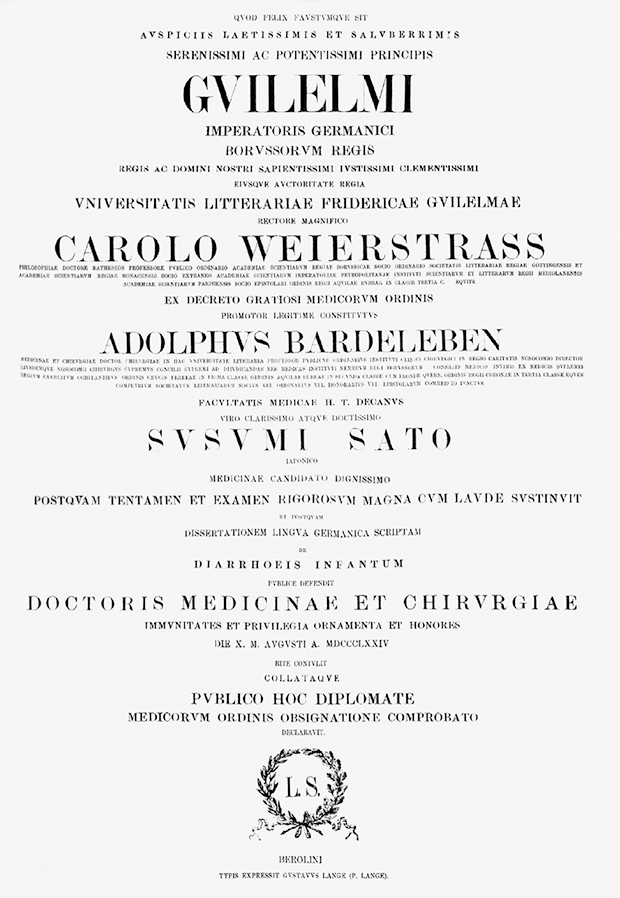 Berlin University Diploma
Berlin University DiplomaJuntendo Academics
Juntendo Medical Journal
Juntendo Medical Journal (JMJ), the oldest continually published medical journal in Japan, first published around the same time as Nature and Science, was published to spread advances in modern medical knowledge throughout Japan. First Issue, 1875
First Issue, 1875Surgical Publications
Susumu published many journals to disseminate medical information. Some of his most famous surgery-related journals include the following: General Theory on Surgery (25 volumes), Surgical Discussions (18 volumes), Revised General Theory on Surgery (8 volumes), and Revised Surgical Discussions (13 volumes).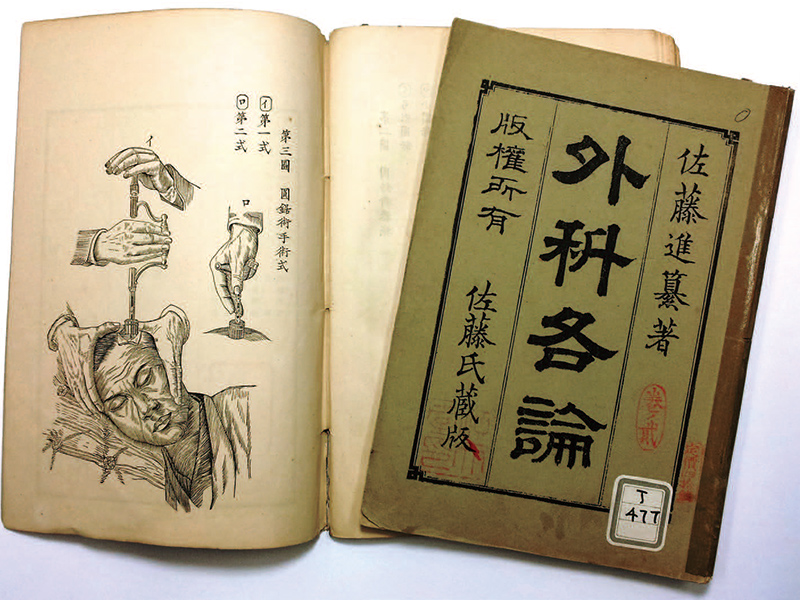 Surgical Discussions, 1880
Surgical Discussions, 1880Juntendo Seminar
Juntendo held lectures and seminars beginning in the early Meiji period (1868-1912). The photograph to the right was taken during a study group seminar held at Juntendo in 1898. (SATO Susumu, front row, fourth person from the left and NOGUCHI Hideyo, front row, and seventh person from the left)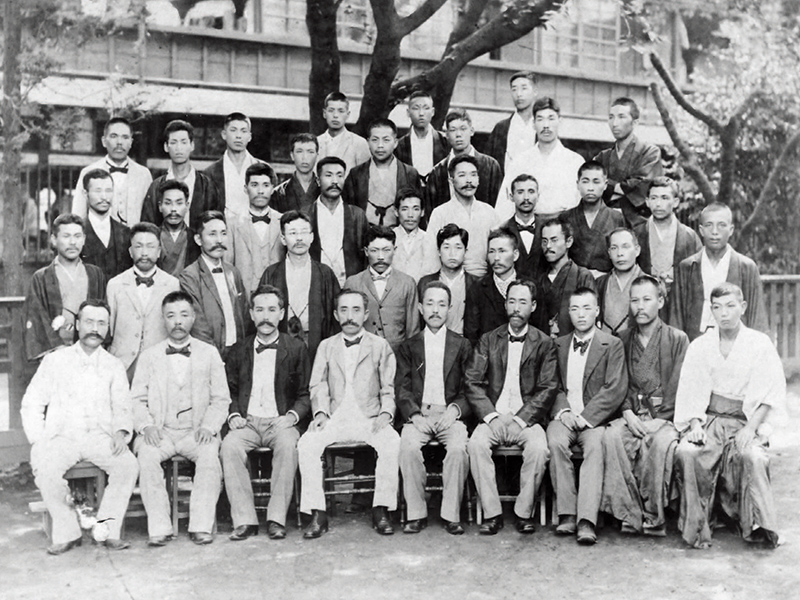
Working as a Field Doctor
Susumu treating injured soldiers at an army hospital in Osaka.
SATO Susumu (fifth person from the left) directing the surgeryProperty of GOSEDA Horyu, First President of Tokyo University of the Arts

Establishment of Daehan Hospital
The Korean government appointed Susumu as the chairman of the committee for the establishment of Daehan Hospital. The hospital was completed in 1908 and Susumu served as the first director.
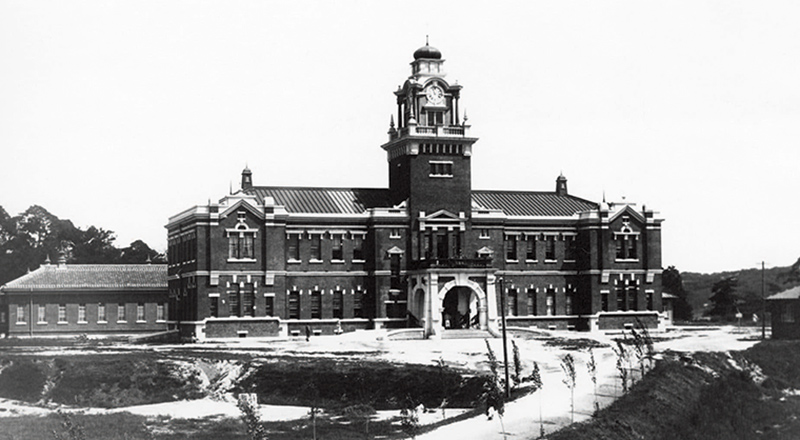
Appointment as a Distinguished Scholar at Tokyo University, December 1869
The map to the right is an aerial view of Sakura Juntendo Hospital in Chiba, issued by TokyoSeikosha, in 1894. Sakura Juntendo Hospital developed into a modernized hospital able treat patients and share those healthcare advances with students.
Renovated Juntendo Hospital, 1906
The hospital was rebuilt with a design inspired from renaissance and traditional Japanese architecture and equipped with amenities that made the hospital one of the most advanced of the time, with steel beds, a steam heating system, and lights, creating an environment able to provide patients with optimal treatment.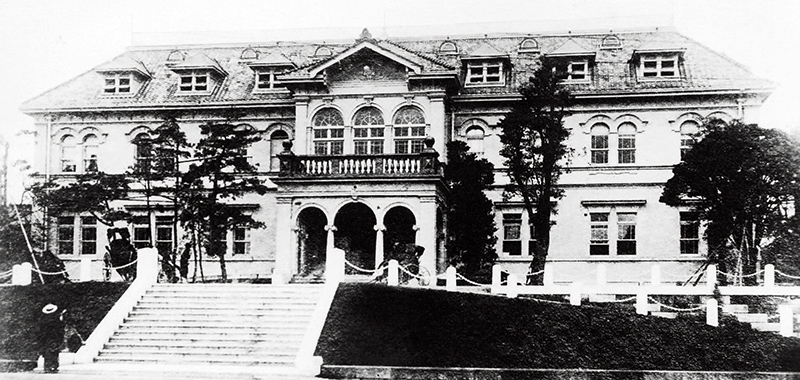 The new research wing, completed in 2020, is a replication of the hospital façade from 1906.
The new research wing, completed in 2020, is a replication of the hospital façade from 1906.